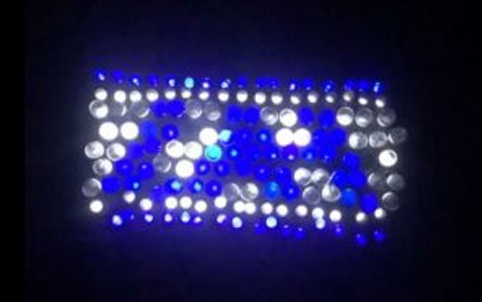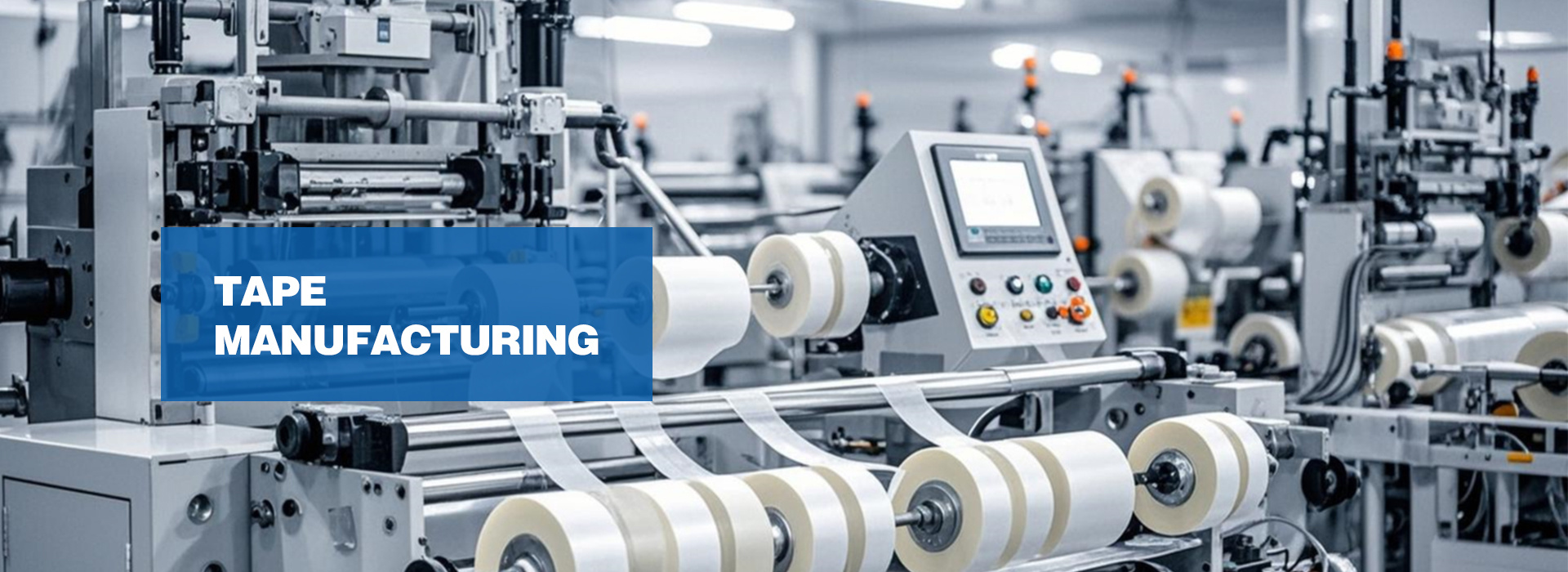Tape power generation: innovative application of simple materials
With the increase of environmental awareness, scientists are constantly exploring new possibilities in the journey of exploring new energy sources, striving to obtain energy in a simpler, more efficient and environmentally friendly way. Recently, a research team from the University of Alabama in Huntsville has brought an impressive achievement - a friction nanogenerator (TENG) built using commercially available tape, plastic film and aluminum foil, which has injected new vitality into the energy field.

Innovative design and amazing results
The team cleverly combined common materials in daily life to create this groundbreaking friction nanogenerator. By repeatedly bonding and separating the tape layers, the device can generate up to 53 milliwatts of electricity. This data may seem insignificant in the power generation scene, but it is of great significance for some small electronic devices. The ability to light up more than 350 LED lights fully demonstrates the potential of this design. Imagine that in some special environments, without large-scale power generation equipment and a lot of resources, relying only on this simple tape generator to provide power for small instruments will bring great convenience to people's lives and work.
Low cost and easy manufacturing advantages
A highlight of this invention is its low cost and easy manufacturing. Commercially available tape, plastic film and aluminum foil are all very easy to obtain and affordable materials, which means that the cost of mass production and promotion of this generator will be greatly reduced. Compared with traditional power generation equipment, they often require expensive raw materials and complex manufacturing processes, while this tape generator breaks these limitations. For some developing countries or resource-scarce areas, this is undoubtedly an attractive energy solution. In addition, the simple manufacturing process also enables more people to participate in the production of power generation equipment, stimulating the public's interest and participation in energy innovation.
The great potential of triboelectric technology
As an emerging energy harvesting technology, triboelectric technology has shown great potential in this invention. The working principle of the friction nanogenerator is based on triboelectric charging and electrostatic induction effects. When two different materials rub against each other, charge transfer and accumulation will occur, forming an electric potential difference, and then generating current. This technology can effectively convert mechanical energy in the surrounding environment into electrical energy, and these mechanical energy sources are wide-ranging, including human movement, wind power, water power, etc. In the field of energy collection, traditional power generation methods are often limited by factors such as geographical conditions and resource distribution, while triboelectric technology has stronger adaptability and flexibility. In the future, with the continuous deepening of research and continuous improvement of technology, friction nanogenerators are expected to be used in more fields, such as wearable devices, sensor networks, smart homes, etc.
Application prospects in the field of wearable devices
With the popularization of wearable devices, friction nanogenerators have broad application prospects, but their battery life has always been a problem that bothers users. Traditional batteries have limited battery life and require frequent charging, which brings inconvenience to users. However, friction nanogenerators can use the mechanical energy generated by human movement to continuously generate electricity and provide reliable power support for wearable devices. For example, this generator is integrated into the strap of a smart watch. When the user's arm swings, the bonding and separation of the tape layer will generate electricity, thereby extending the battery life of the watch. In addition, for some special wearable devices, such as medical monitoring equipment, a continuous and stable power supply can ensure that these devices can monitor the physiological parameters of the human body in real time and accurately, providing strong support for medical diagnosis and treatment.

Application value in sensor networks
In the field of sensor networks, friction nanogenerators also have important application value. Sensor networks are widely used in environmental monitoring, industrial automation, smart home and other fields, and they require a large number of sensor nodes to collect data. However, these sensor nodes usually need to be powered by batteries, and replacing batteries is not only troublesome but also costly. Friction nanogenerators can use mechanical energy in the surrounding environment, such as wind and water flow, to provide power for sensor nodes. In this way, the sensor network can be self-powered, reducing dependence on external power sources and reducing maintenance costs. For example, in the field of environmental monitoring, friction nanogenerators can be installed on the anemometer of the weather station, and wind power can be used to power the sensor to monitor meteorological parameters such as wind speed and wind direction in real time.
Development potential in the field of smart home
In the field of smart home, smart home systems require a large number of smart devices to achieve automatic control and intelligent management, such as smart door locks, smart lamps, smart curtains, etc. The operation of these devices requires power support, and friction nanogenerators can use the mechanical energy generated by human activities, door and window switches, etc. to generate electricity to provide power for smart home devices. For example, when the user opens or closes the smart door lock, the movement of the door lock can drive the adhesion and separation of the tape layer, thereby generating electricity to power the electronic system of the door lock. In addition, the friction nanogenerator can also be combined with the energy management module of the smart home system to achieve efficient storage and distribution of electrical energy, and improve the energy utilization efficiency of the entire smart home system.
Challenges and Prospects
Although the innovative application of tape power generation has many advantages and potentials, it also faces some challenges. For example, the output power of this generator is still relatively low at present, which cannot meet the power requirements of some large equipment. In addition, the durability and stability of the material are also problems that need to be solved. Long-term friction and use may cause wear and performance degradation of the material. In the future, researchers need to further optimize the design and material selection of the generator to improve its output power and stability. At the same time, it is also necessary to strengthen the basic research on triboelectric technology, deeply understand its working principle and physical mechanism, and provide theoretical support for the further development of the technology.
In general, this invention of the research team of the University of Alabama in Huntsville has brought new ideas and directions to the energy field. The simple and innovative application of tape power generation demonstrates the great potential of triboelectric technology and is expected to occupy a place in the future energy market. With the continuous advancement and improvement of technology, I believe that this tape generator will bring more convenience and changes to our lives and promote the development of the energy field in a cleaner, more efficient and sustainable direction.
Keyword:
adhesive tape electricity
RELATED NEWS


